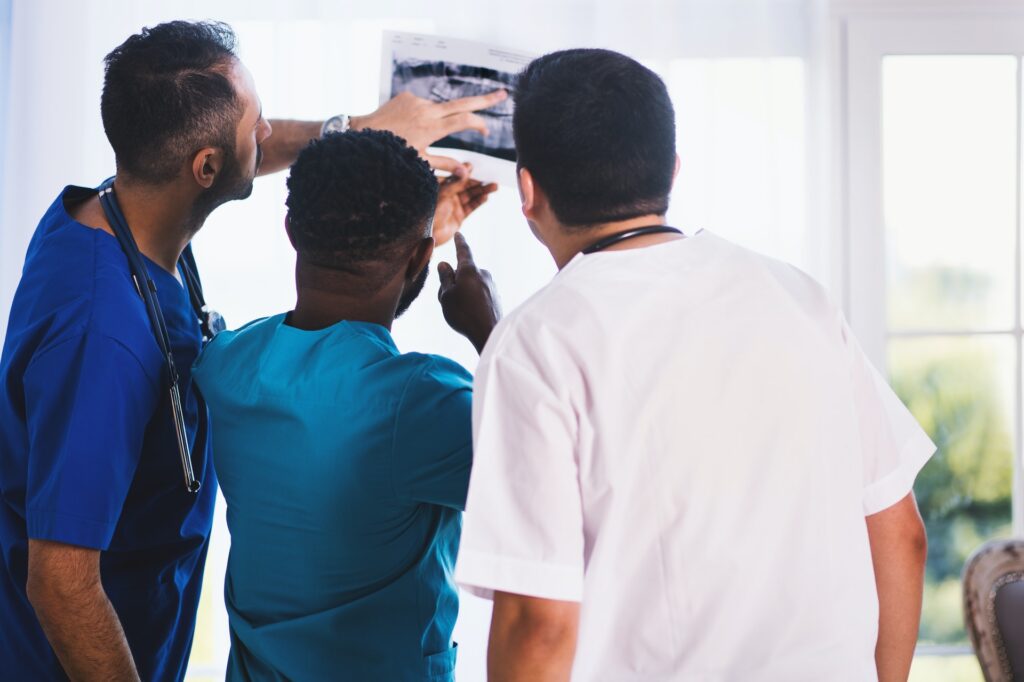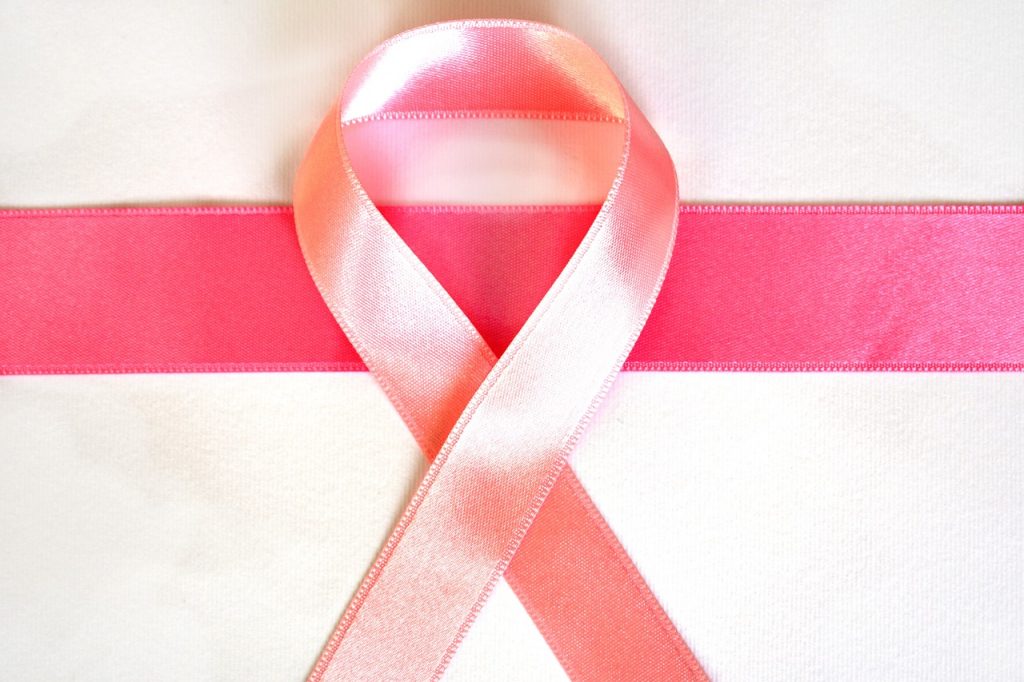Dual diagnosis is a relatively new treatment protocol that combines treatment for addiction and mental health. Before the 1990s, clients were treated separately for addiction and mental health. This was a significant oversight given that in many cases, one problem affects another. Today, we have dual diagnosis treatment options available to treat addiction and mental health challenges together for a balanced and complete recovery. To learn more about how people treat dual diagnosis, keep reading.
Gain a General Understanding
The first step for treatment is receiving a dual diagnosis that confirms that you meet the criteria for a mental health condition and a substance use addiction. The need for official diagnosis is controversial. Depending on the program you choose, you may or may not need an official diagnosis to receive treatment for addiction and mental health. In either case, you should at least have a general understanding of the mental health challenges that play a role in your life and how they impact your addiction.
Dual Diagnosis Treatment Center Programs
The next step requires that providers determine the severity of the patient’s dual diagnosis and select the dual diagnosis treatment center programs that meet their needs. If a patient is struggling with suicidal thoughts or is physically dysfunctional, the need to integrate residential treatment will be necessary. In less severe cases, outpatient therapy programs may provide enough support to rehabilitate the patient. You’re looking for a center to help you with your addiction? Let us at The Edge Treatment be the one to take care of you and your addiction.
Medication and Therapy
Psychiatrists are frequently involved in the stabilizing and reduction of reactivity associated with dual diagnosis conditions. Some medication can also be prescribed through pharmaceutical therapy to reduce the intensity of withdrawal and detoxification. In addition to medication, various therapy models are integrated into inpatient and outpatient programs that treat all diagnoses. Popular modalities include dialectical behavioral therapy (DBT), cognitive behavioral therapy (CBT), and acceptance and commitment therapy (ACT). These therapies are unique, but they each have skills training and cognitive restructuring exercises that help the individual come to terms with their emotional lives and tendencies to seek out destructive behaviors and substances to compensate for overwhelming emotions. The added benefits of therapy include the ability to learn healthy alternatives to drug usage and emotional reactivity, and skills to reduce symptoms as they appear. The majority of mental health conditions and addictions go into remission, which means that lasting recovery requires that the individual takes ongoing active participation in their lives to ensure that their healing is lifelong.
Most treatment programs include individualized therapy sessions, which allow for a more personalized approach towards mental health. Outside of group sessions that integrate general concepts of evidence-based treatments, individual therapy will tailor these approaches to the individual’s needs and help them specifically overcome their struggles with drugs and addiction and how they interplay with their mental health challenges.
Treating dual diagnosis is a combined approach of individual and group therapy as well as the proper medication. Treating dual diagnosis requires that professionals maintain the understanding that addiction and mental health go hand-in-hand.



